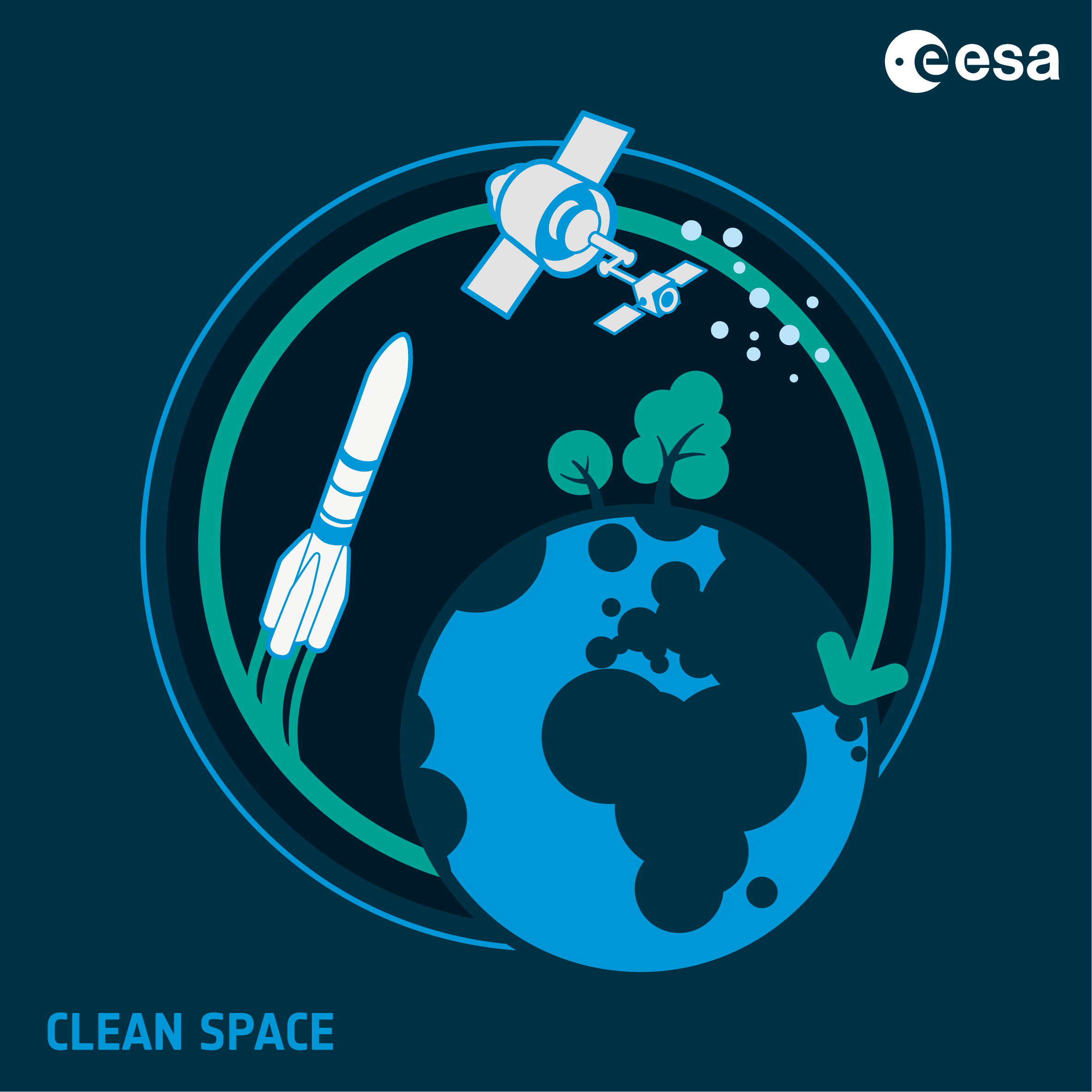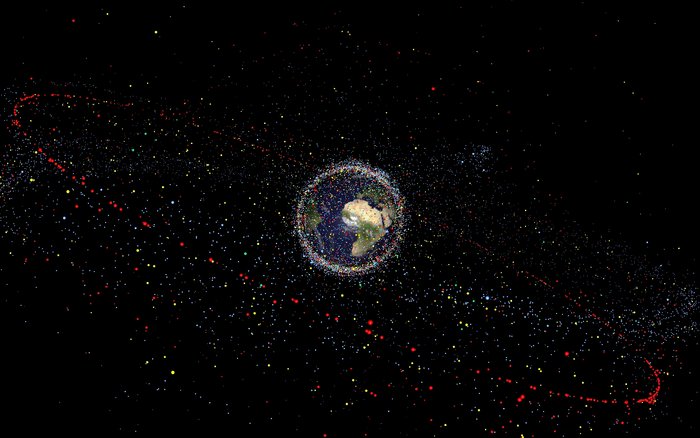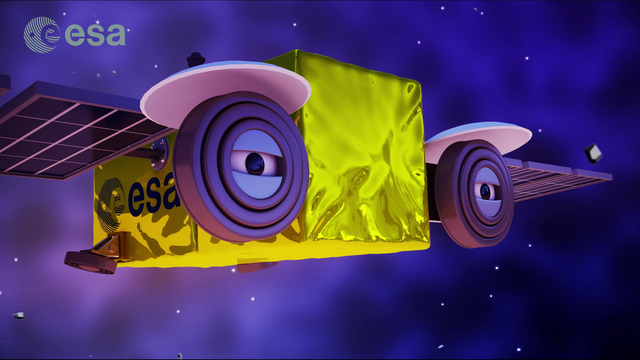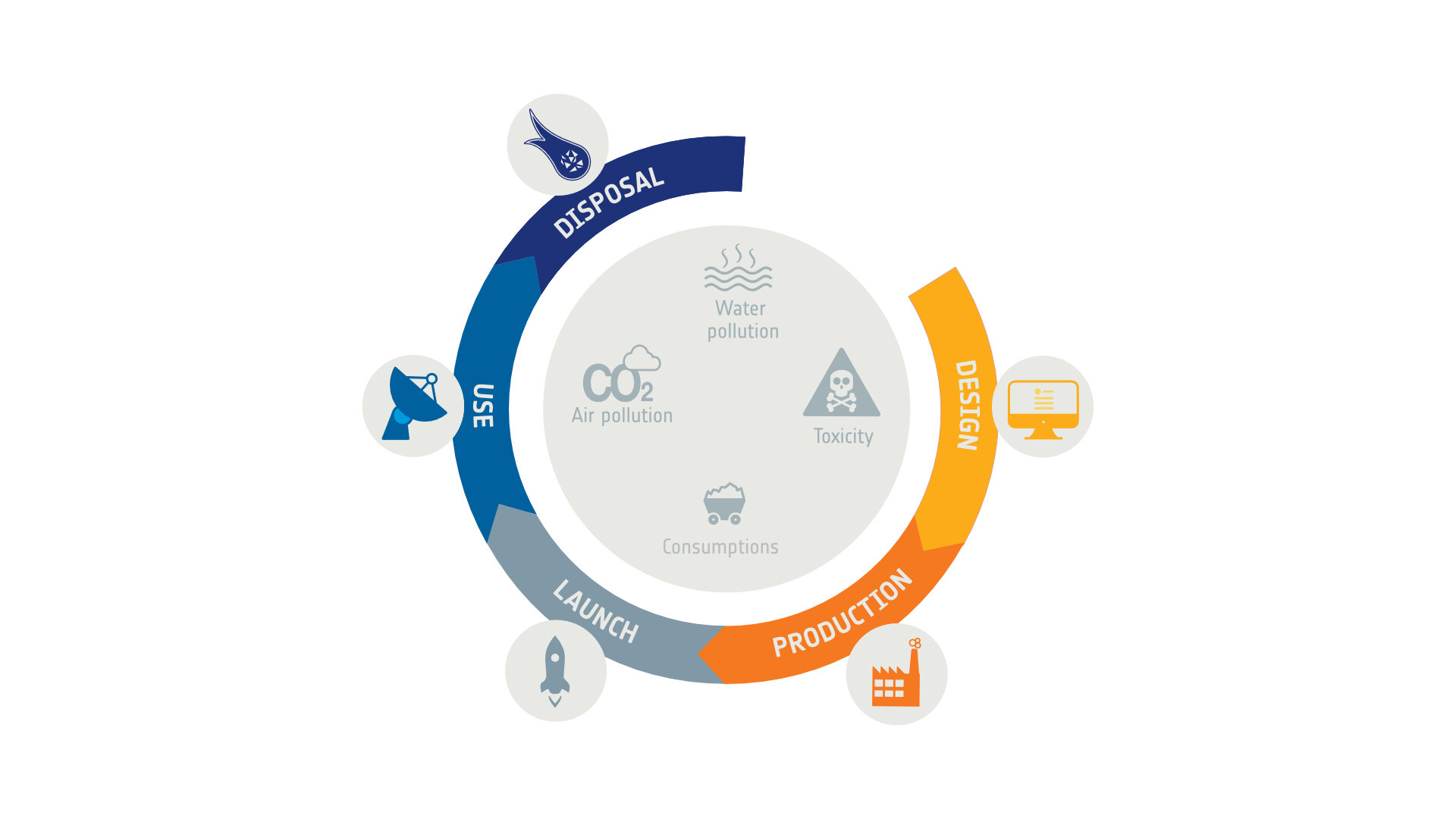Nowadays, the seriousness of the space debris problem is pretty well recognised internationally. Space system designers, operators, policy makers, as well as astronauts, share the view that common rules are essential to regulate space activities in a safe and sustainable manner.
‘’Up in weightlessness with the stars, we, the International Space Station’s astronauts, live 400 km above the Earth, hanging up in space vacuum. A new danger is coming more and more often from this vacuum which affects each of us. Hence the vacuum stays is under strict monitoring. And, on this 27th of October 2014, engineers scanning it are worried. Something is approaching the station, way too fast, way too close. An item of space debris[i], the nightmare of engineers. If the debris would hit us, everything would be over.’’ Thomas Pesquet
ESA is one of the lead players in the implementation of technical requirements for Space Debris Mitigation, focused on ensuring the continued sustainability of space activities into the long-term, and guaranteeing the safety of the worldwide population and the terrestrial environment.
The ESA’s Space Debris Mitigation policy applies to any ESA space system, e.g. launch vehicles, spacecraft, inhabited or robotic vehicles, or systems under ESA responsibility. The requirements of the ESA policy have implications for space system design, in-orbit operations and disposal, including re-entry when necessary.
To give an idea, the requirements include preventing or limiting the release of mission-related objects in two protected regions, i.e. LEO and GEO, regarding respectively low-Earth orbits (under 2,000 km altitude) and geostationary orbits (at 36,000 km). In addition, the release of tiny particles above 1 mm in size from solid rocket motors or pyrotechnic devices should be avoided. Intentional in-orbit break-ups are banned, and the risk of accidental break-ups should be limited to less than one in one thousand through the use of highly reliable components and the control and end-of-mission passivation of all onboard energy sources.
In principle, all geostationary missions should be cleared from the GEO protected region when their mission ends, and all LEO missions should be cleared within 25 years from their end of mission.
A dedicated Technical Authority has been created in ESA, the Independent Safety Office, responsible for Space Debris Mitigation regulations and compliance assurance. All ESA Projects must be reviewed and certified in two steps: an initial Space Debris Mitigation Plan (SDMP) to be prepared in the early phases of each project, during its definition and development; and a Space Debris Mitigation Report (SDMR) during the manufacturing and delivery phases.
The relevant ESA Study Managers, Project Managers and Mission Managers, are responsible for the implementation of the technical requirements for the design and operations of any ESA space system, working together with the Prime Contractor which takes care of their engineering implementation.
Any potential violation of a Space Debris Mitigation requirement needs to be duly justified and authorized at ESA corporate level. This requires the eventual concurrence of the Director of Technical, Engineering and Quality (D/TEC), under whose responsibility the ESA Independent Safety Office operates, and as well as the Director in charge of the Programme, as owner of the risks associated with the project.

Common rules are essential to regulate the space activities in a safe and sustainable manner. Credits: ESA
ESA is working strongly and systematically to ensure that its space systems are compliant with all necessary requirements for Space Debris Mitigation and Re-entry Safety.
[i] Space debris are all man-made objects including fragments and elements thereof, in Earth or re-entering the atmosphere, that are non-functional. Space debris represent a threat for the safety of all the other space missions operating in the same region.





Discussion: one comment
Space must be included in this action. We need space farming to be sustanable. https://www.agriengrs.com/others/nasa-eyeing-long-term-space-farming/